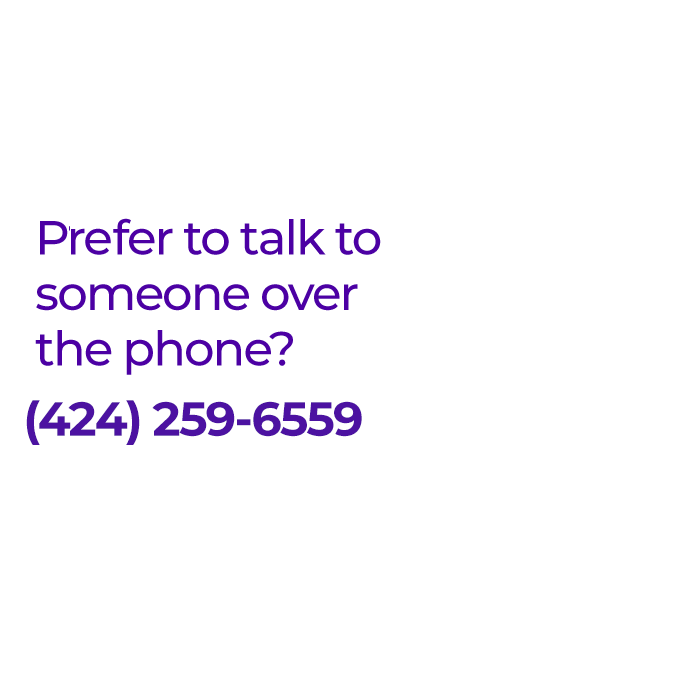Obstructive sleep apnea and snoring are commonly worse when someone is sleeping on the back compared to sleeping on their side or stomach. One clue may be the sharp elbows that are used to nudge someone to roll onto their side instead of sleeping on their back. In some cases, the differences that occur with changes in body position are dramatic, and so-called positional obstructive sleep apnea is defined by sleep apnea that is at least twice as severe with back sleeping vs. side or stomach sleeping. Studies have shown that positional obstructive sleep apnea is common, occuring in about half of all patients with obstructive sleep apnea. In spite of this, positional obstructive sleep apnea has not been studied, other than the use of various treatments to encourage side or stomach sleeping.
Why does positional obstructive sleep apnea occur?
We have just published a study examining the reasons that may explain positional obstructive sleep apnea. We compared drug-induced sleep endoscopy videos in those with positional and non-positional obstructive sleep apnea, evaluating the causes of the blockage in breathing when they laying on their side as well as on their back. We had the following findings:
- On their backs, both groups had greater blockage in breathing related to the soft palate and tongue.
- On their sides, both groups had greater blockage in breathing related to the side of the throat (oropharyngeal lateral walls)
- Those with positional obstructive sleep apnea seemed to have less blockage of breathing related to the sides of the throat when on their sides
In some ways, the study was not surprising, as the findings generally correspond to gravity. Because these structures all have muscles inside and because muscles relax during sleep, you would expect everything to fall towards the ground. This would make the soft palate and tongue fall backwards when someone is sleeping on their back and would make the sides of the throat collapse more when someone is on their side.
What are the implications for sleep apnea surgery?
Because we have many surgical procedures that can address the soft palate and tongue, we may more easily treat sleep apnea that occurs when someone is on their back. With fewer options that address the sides of the throat, the results for sleep apnea occuring when someone is on their sides may not respond quite as well. There definitely are procedures that do address the sides of the throat, such as the newer soft palate procedures like expansion sphincter pharyngoplasty or lateral pharyngoplasty as well as Upper Airway Stimulation. However, addressing the sides of the throat is not as straightforward or direct.
This may explain why previous research has shown that those with positional obstructive sleep apnea do better with at least one technique of soft palate surgery and with oral appliances. Clearly further research is needed, and I am considering getting together data from colleagues around the world to examine this more closely.
Every patient is different, so making decisions about sleep apnea surgery requires a thorough evaluation, including possible drug-induced sleep endoscopy. However, this study sheds some light on the mechanism about the positional obstructive sleep apnea that we see all the time and potential implications for sleep apnea surgery.




− 2 = 1